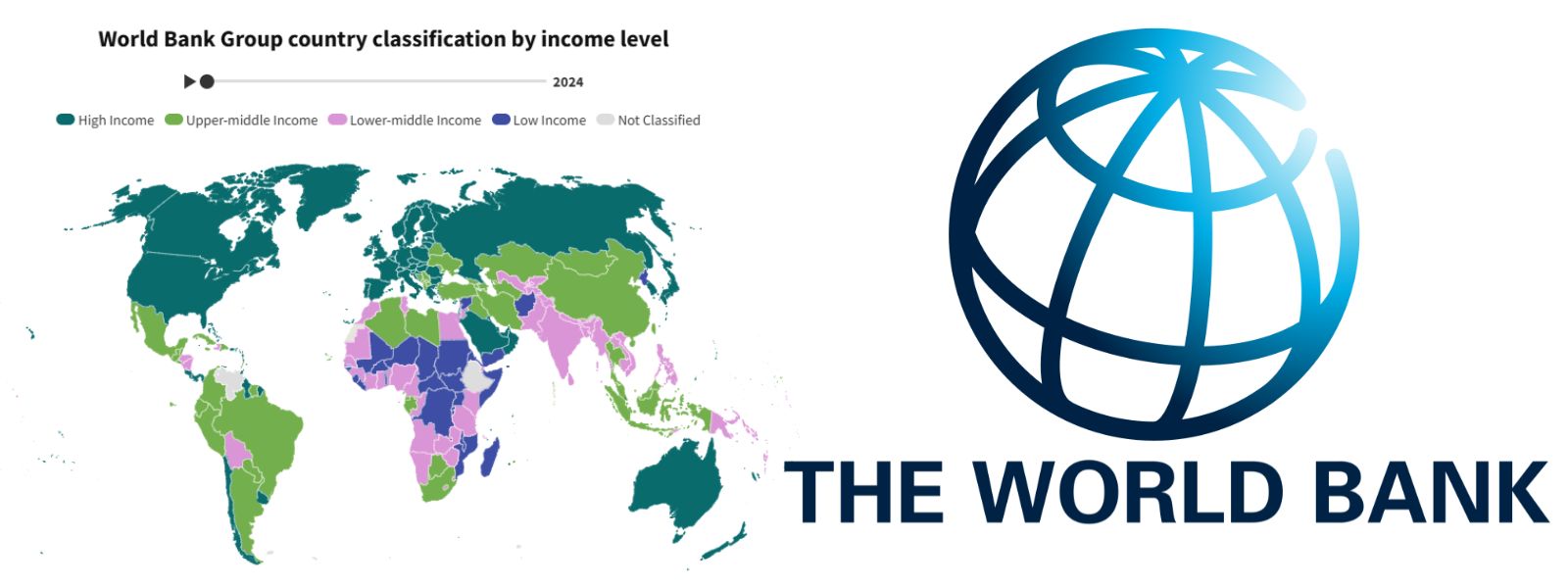.webp)

Sri Lanka Holds Lower-Middle Income Status in Latest World Bank Report
COLOMBO (News 1st); The World Bank has released its annual update on country income classifications, reaffirming Sri Lanka’s status as a lower-middle-income economy for the fiscal year 2026.
The classification is based on Gross National Income (GNI) per capita for the previous year, calculated using the Atlas method, which smooths exchange rate fluctuations to provide a more stable measure of economic capacity.
Sri Lanka’s retention in the lower-middle-income bracket reflects a complex economic recovery path following recent fiscal challenges, inflationary pressures, and structural reforms.
While the country has shown signs of stabilization, its GNI per capita remains below the threshold required to move into the upper-middle-income category.
Understanding the World Bank’s Classification System:
Each year on July 1, the World Bank classifies economies into four income groups:
- Low-income: GNI per capita of $1,135 or less
- Lower-middle-income: $1,136 to $4,465
- Upper-middle-income: $4,466 to $13,845
- High-income: $13,846 or more
These thresholds are adjusted annually for inflation using the Special Drawing Rights (SDR) deflator.
The classification not only reflects a country’s development level but also influences its eligibility for development aid and concessional financing, making it a critical benchmark for policymakers and international donors.
South Asia’s Economic Transformation:
The South Asian region has witnessed a dramatic shift over the past three decades.
In 1987, 100% of South Asian countries were classified as low-income. By 2024, that figure had dropped to just 13%, with most countries now falling into the lower-middle or upper-middle-income categories.
This transformation is attributed to sustained economic growth, increased global integration, and policy reforms. Notably:
- India remains in the lower-middle-income group but is approaching the upper-middle threshold.
- Bangladesh and Nepal have shown consistent growth, maintaining their lower-middle-income status.
- Maldives continues to hold its upper-middle-income classification due to its strong tourism-driven economy.
However, challenges remain. Inflation, currency depreciation, and population dynamics continue to influence GNI per capita across the region.
Other Articles
Featured News





.png )
-797375_550x300.jpg)
-797369_550x300.jpg)
-797363_550x300.jpg)
-797357_550x300.jpg)
-797345_550x300.jpg)





-797273_550x300.jpg)



















.gif)